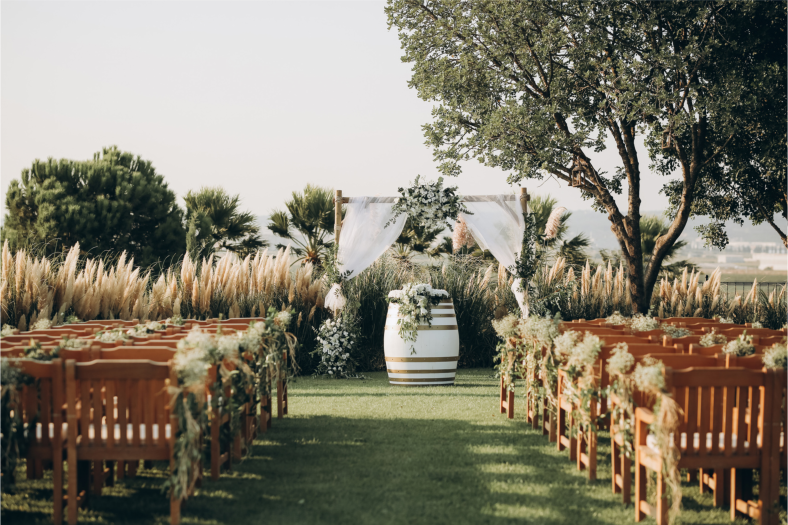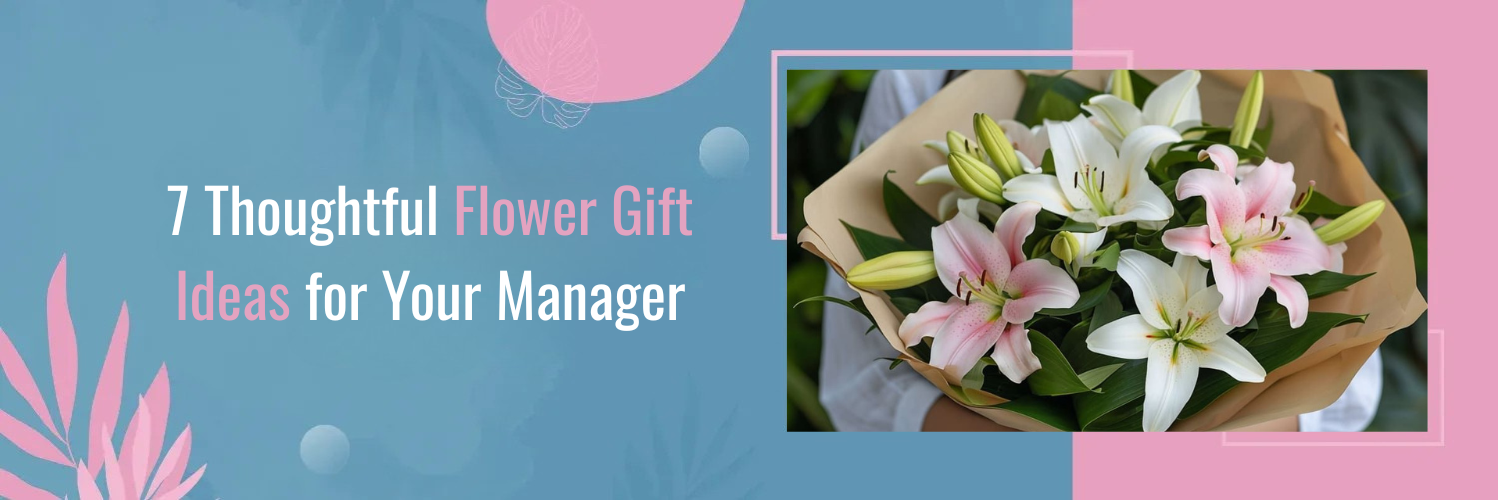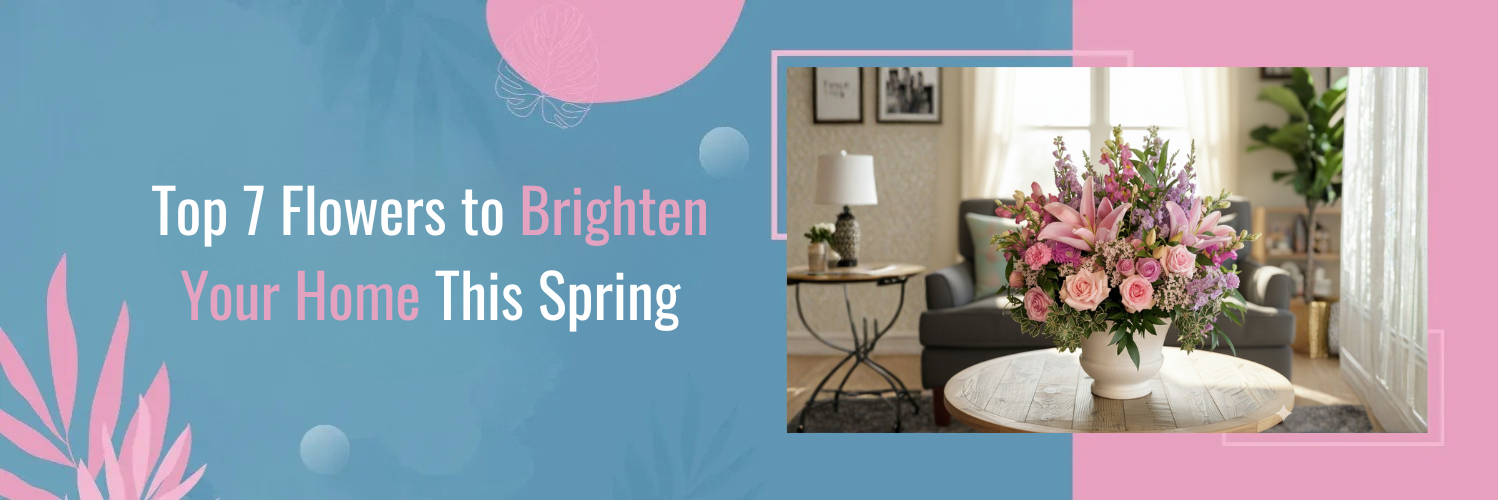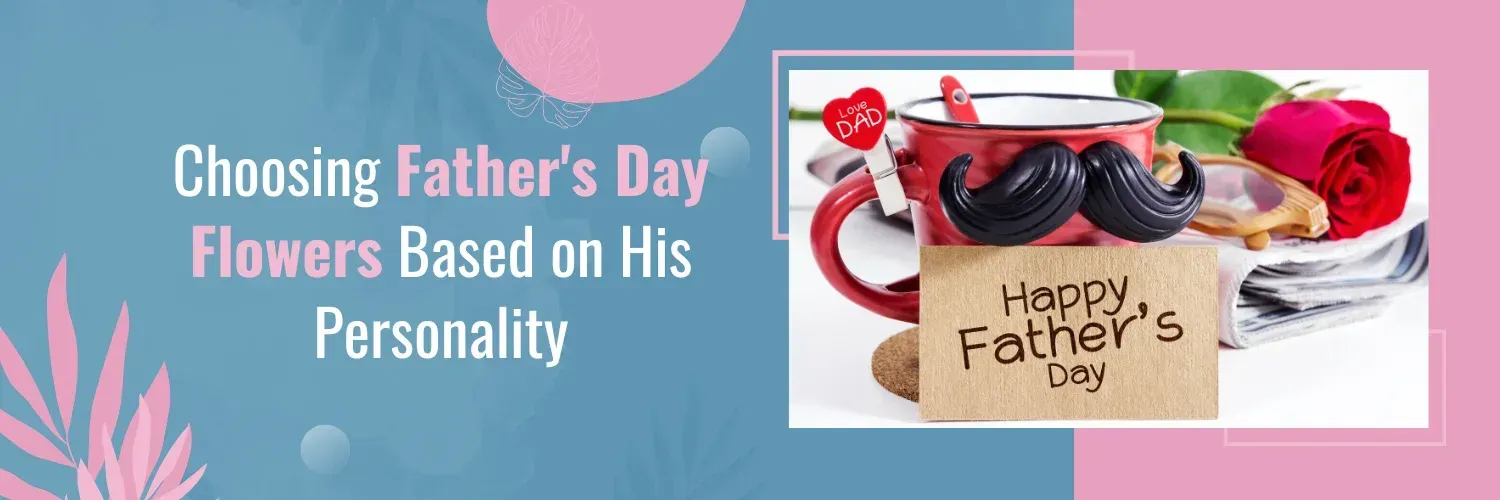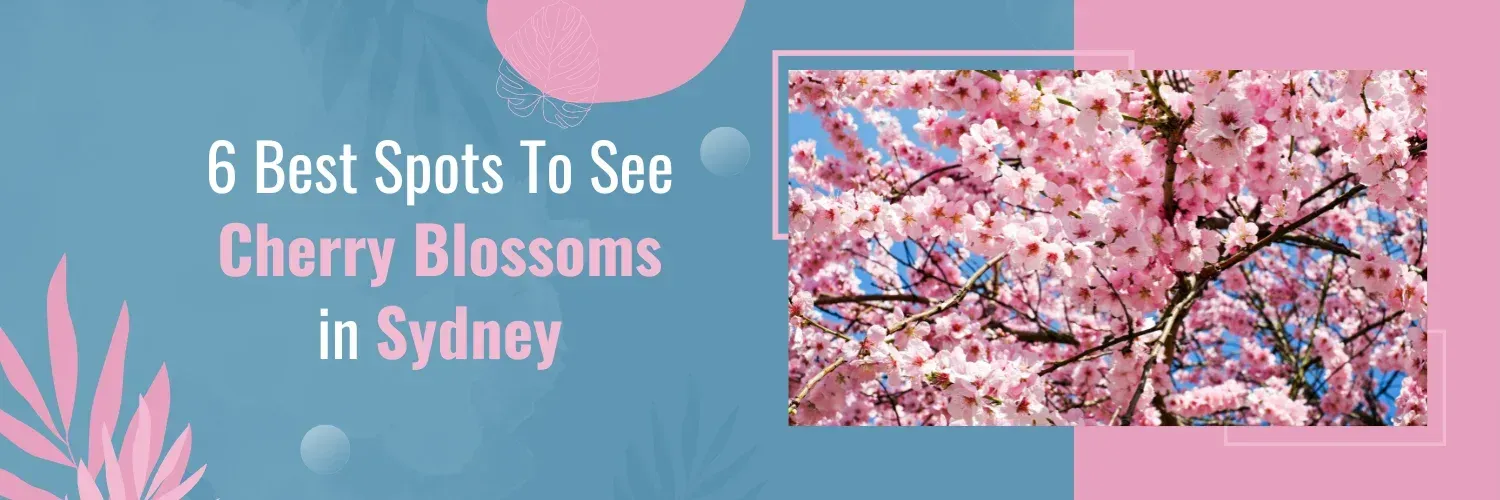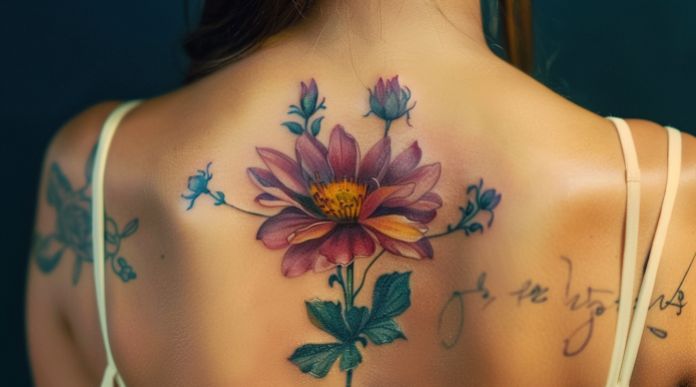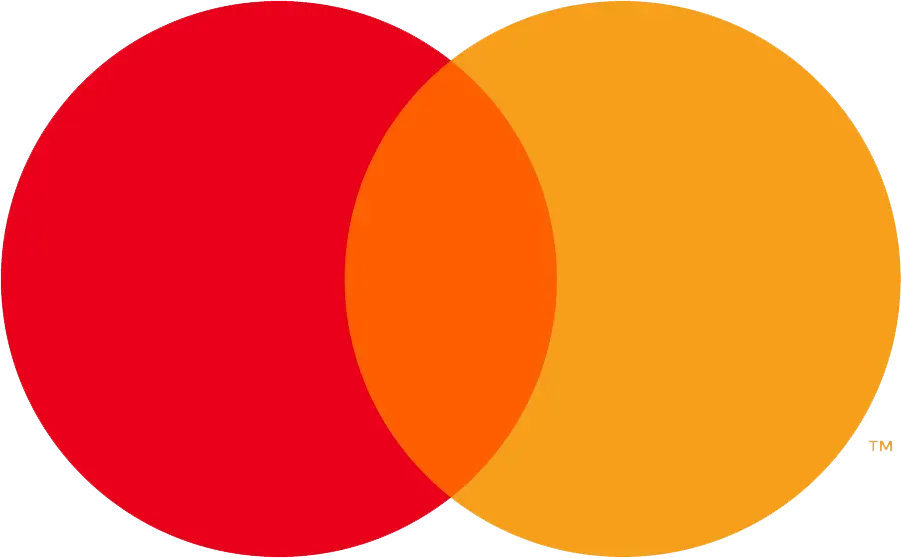Wedding Flower Arrangements
Flowers play a pivotal role in transforming a wedding into a truly enchanting and memorable event. The art of arranging flowers has the power to elevate the aesthetic appeal of the entire occasion, adding a touch of elegance and charm that resonates with the couple’s unique love story. A well-curated collection of blooms can infuse a sense of beauty, fragrance, and color, setting the mood for the entire celebration. As we delve into the realm of wedding flower arrangements, we will explore a series of practical tips that will guide you toward creating stunning floral displays that harmonize with the wedding’s theme, add a personal touch, and leave a lasting impression on all attendees.
1. Choosing the Right Flowers
Selecting the perfect flowers for your wedding arrangements is a creative endeavor that involves aligning your vision with the overall theme and atmosphere of the event. The flowers you choose have the power to convey emotions, set the tone, and enhance the aesthetics of the entire celebration. This section delves into two crucial aspects of flower selection: considering the wedding theme and the benefits of opting for seasonal flowers.
2. Consider the Wedding Theme
One of the fundamental principles of choosing wedding flowers is to harmonize them with the chosen theme. The flowers you select should seamlessly integrate with the overall style and vibe of the wedding. If you’re envisioning a rustic and outdoorsy theme, wildflowers, sunflowers, and daisies can capture the natural essence you’re aiming for. On the other hand, for a sophisticated and modern affair, roses, orchids, and calla lilies exude elegance and refinement.
Remember that color palettes play a significant role in theme integration. Coordinate the colors of the flowers with the main color scheme of the wedding. For instance, if your theme revolves around shades of blush and gold, roses and peonies in soft pastel hues will complement the elegance of the theme. On the other hand, a bohemian theme might call for a mix of vibrant and earthy tones, such as deep purples, rich oranges, and warm yellows.
To further illustrate the importance of aligning flower choices with themes, consider the following examples:
Rustic Theme: Opt for blooms like lavender, chamomile, and baby’s breath, which evoke a charming, countryside feel.
Modern Theme: Focus on sleek and sophisticated flowers like calla lilies, anthuriums, or tropical orchids.
Vintage Theme: Choose delicate and nostalgic flowers such as peonies, garden roses, and ranunculus for a timeless and romantic ambiance.
Seasonal Flowers
Seasonal flowers are not only visually captivating but also practical choices for wedding arrangements. These flowers are at their peak during specific times of the year, making them more readily available and cost-effective compared to out-of-season blooms. Embracing seasonal flowers not only reflects the natural beauty of the current season but also contributes to a more sustainable and eco-friendly celebration by reducing the carbon footprint associated with flower transportation.
Each season offers a unique array of flowers that can enhance the overall aesthetic of your wedding. Here are some popular flowers for different seasons:
Spring: Tulips, peonies, lilacs, daffodils, hyacinths, and cherry blossoms.
Summer: Roses, sunflowers, dahlias, zinnias, delphiniums, and lilies.
Fall: Chrysanthemums, asters, marigolds, daisies, and deep-hued roses.
Winter: Amaryllis, anemones, hellebores, pinecones, and evergreens.
Choosing seasonal flowers not only ensures their freshness but also adds an element of authenticity to your wedding. Your arrangements will reflect the natural beauty of the time of year, creating a visually stunning and harmonious atmosphere that resonates with both you and your guests.
3. Planning the Arrangements
The art of planning wedding flower arrangements goes beyond simply choosing beautiful blooms. It involves a strategic approach that takes into account your budget, the types of arrangements needed, and how these elements fit seamlessly into the overall wedding aesthetic. In this section, we’ll explore two critical aspects of planning: budget allocation and selecting the appropriate types of arrangements for different parts of your wedding.
4. Budget Allocation
Wedding budgets can quickly escalate, and it’s essential to allocate funds wisely, especially when it comes to floral arrangements. Flowers are an integral part of the visual landscape, but finding a balance between creating breathtaking arrangements and staying within your budget is key.
Start by determining what percentage of your overall budget you’re comfortable allocating to floral decor. This may vary depending on the importance you place on flowers and the overall style of your wedding. Communicate your budget clearly with your florist to help them recommend options that align with your financial parameters.
Consider prioritizing certain areas for floral arrangements. The bridal bouquet, centerpieces, and ceremony decorations are common focal points. By allocating a larger portion of your budget to these key areas, you ensure that they receive the attention they deserve. For other areas, such as aisle markers or cocktail hour decorations, explore cost-effective alternatives without compromising on quality or style.
To further save on costs, opt for blooms that are in season. Seasonal flowers are often more affordable and readily available, contributing to a more sustainable approach to floral planning. Additionally, discuss with your florist the possibility of repurposing arrangements from the ceremony to the reception to maximize your investment.
5. Types of Arrangements
Wedding flower arrangements encompass various styles, each serving a specific purpose within the event. Understanding these types of arrangements and their appropriate use is essential for creating a cohesive and visually captivating atmosphere.
- Centerpieces: Centerpieces are focal points of the reception tables. They can vary in size and style, from tall and dramatic arrangements to low and compact ones. Choose centerpieces that complement the theme and scale of your venue. For instance, a grand ballroom might call for tall and opulent centerpieces, while an intimate garden setting might benefit from low and lush arrangements.
- Bouquets: Bridal bouquets are a significant part of the wedding attire. They should complement the bride’s gown, enhance her beauty, and align with the overall theme. Bridesmaid bouquets should coordinate with the bridal bouquet while having their unique touch. Boutonnieres for the groom and groomsmen should complement the bridal bouquet and reflect the wedding’s color scheme.
- Aisle Decorations: Aisle markers, whether floral arrangements or decorative elements, guide the focus of attendees during the ceremony. They add a touch of elegance to the walkway and can be tied to the overarching floral theme.
- Arch or Altar Arrangements: These arrangements serve as a backdrop for the exchange of vows. They frame the couple as they stand at the altar, creating a stunning visual element in wedding photos. Arch arrangements can range from lush and extravagant to minimalistic and elegant, depending on your theme and preferences.
- Reception Decor: Beyond centerpieces, consider how flowers can enhance other areas of the reception, such as the cake table, guestbook station, and seating chart display. Consistency in floral style and color ties these elements together, creating a cohesive atmosphere throughout the venue.
6. DIY vs. Professional Florist
Pros and Cons of DIY
The allure of creating your own floral arrangements can be tempting, but it comes with challenges. DIY arrangements require time, effort, and a certain level of expertise. However, the personal touch you bring to your wedding can be incredibly rewarding. If you opt for this route, invest time in learning basic floral techniques and practicing in advance. Keep in mind that DIY arrangements can be time-consuming and may add stress during the already hectic wedding planning process.
Hiring a Professional Florist
Enlisting the services of a professional florist brings a level of expertise and creativity that can transform your vision into reality. Florists have the knowledge to choose the right flowers, handle them properly, and design arrangements that match your theme. They can work within your budget, suggest creative ideas, and take care of the intricate details. When hiring a florist, review their portfolio, discuss your vision, and ensure they understand your preferences. Effective collaboration will result in breathtaking arrangements that align with your dream wedding.
7. Flower Care and Preparation
Timing is Key
Timing is critical when it comes to ordering and arranging your wedding flowers. Place your flower order well in advance to secure the blooms you desire. Arranging the flowers closer to the wedding date ensures their freshness and longevity. Create a timeline that includes flower delivery, arrangement preparation, and storage to ensure a stress-free experience as the big day approaches.
Proper Handling and Storage
Maintaining the freshness and vibrancy of your flowers requires proper handling and storage. When transporting flowers, use clean containers with water to keep them hydrated. Store flowers in a cool, dark location to slow down the blooming process and prevent wilting. Trim stems and change the water regularly to keep the blooms looking their best. Proper care guarantees that your arrangements will look stunning from the first moment to the final dance.
8. Arrangement Techniques
Color and Texture Composition
Creating visually appealing arrangements involves mastering the art of color and texture composition. Balance is key – pair bold blooms with delicate ones, mix contrasting colors to create depth, and incorporate various textures to add dimension. Consider the color palette of your wedding and choose flowers that complement it. Combining colors and textures thoughtfully will result in arrangements that are both pleasing to the eye and evocative of the wedding’s atmosphere.
Focus on Proportions
Proportions play a pivotal role in achieving well-balanced flower arrangements. The size of the arrangement should suit the space it occupies – larger arrangements for spacious venues and smaller ones for intimate settings. Keep the height, width, and density of the arrangements in mind to create a harmonious visual flow. A balanced proportion ensures that the arrangements don’t overwhelm the surroundings or get lost in the backdrop.
9. Tools and Supplies
Essential Tools
Equipping yourself with the right tools is fundamental to successful flower arrangements. Floral foam, clippers, vases, and floral tape are among the essentials. Floral foam provides a stable base for arrangements, while clippers help trim stems at the right angles. Vases vary in shape and size to accommodate different arrangements. Familiarize yourself with each tool’s purpose and usage to streamline your arrangement process.
Sourcing Quality Supplies
Selecting high-quality flowers and foliage sets the foundation for breathtaking arrangements. Visit local flower markets or reputable florists to source fresh, healthy blooms. Pay attention to the condition of the petals, stems, and leaves. Consider incorporating additional elements like ribbons, gems, or pearls to add unique touches to your arrangements. Prioritize quality to ensure your arrangements are as beautiful as you envision.
10. Assembling the Arrangements
The moment has arrived to bring your creative vision to life as you assemble the exquisite floral arrangements that will adorn your wedding. This stage involves a blend of artistry, attention to detail, and skilled execution. In this section, we’ll guide you through the process with a step-by-step guide to assembling various arrangements and highlight the importance of infusing personal touches into your creations.
Step-by-Step Guide
Assembling different types of flower arrangements requires a systematic approach to ensure that every element falls into place harmoniously. While each arrangement may have its unique requirements, a general step-by-step process can be followed:
- Prepare the Containers: Start by preparing your containers with floral foam, water, or whatever is appropriate for the type of arrangement you’re creating. Ensure that the container is clean and stable.
- Trim and Prepare the Stems: Trim the stems of your flowers and foliage at an angle to allow for better water absorption. Remove any leaves that would be submerged in water to prevent bacterial growth.
- Create the Base: Begin with your focal flowers – these are usually the larger and more dominant blooms that will form the centerpiece of the arrangement. Arrange them in a way that establishes the shape and structure you desire.
- Add Filler Flowers: Introduce filler flowers, which are smaller blooms that complement the focal flowers. These fillers add texture, depth, and a sense of fullness to the arrangement.
- Incorporate Greens: Insert greenery or foliage to create a lush and balanced look. Greens add volume and a natural backdrop for the blooms.
- Create Movement: Pay attention to the way the flowers are arranged. Vary the heights and angles to create a sense of movement and flow. Avoid perfectly symmetrical arrangements for a more organic and visually engaging display.
- Final Adjustments: Step back and assess the arrangement from different angles. Make any necessary adjustments to achieve the desired shape, fullness, and balance.
- Secure the Arrangement: Use floral tape or other supportive materials to secure stems and keep them in place. This is particularly important for cascading or larger arrangements.
Remember that practice makes perfect. Experiment with different flower combinations, colors, and arrangements before the big day to refine your skills.
Adding Personal Touches
Infusing your personality and unique love story into the arrangements adds a layer of sentimentality to your wedding decor. Consider incorporating personal touches that hold meaning for you and your partner:
- Heirloom Pieces: Include a family heirloom, such as a brooch, locket, or piece of jewelry, in your bouquet or centerpiece. This brings a sense of history and connection to your arrangement.
- Meaningful Tokens: Incorporate items that symbolize shared experiences or interests. For instance, if you both love travel, consider adding vintage maps or miniature globes to your arrangements.
- Cultural Elements: If you come from diverse cultural backgrounds, consider integrating traditional elements or symbols from both cultures into your arrangements.
- Favorite Flowers: Choose blooms that hold sentimental value, such as the flower your partner gave you on your first date or the flower that represents a shared memory.
- Handwritten Notes: Attach small handwritten notes to the stems of your bouquet or place them discreetly within the arrangements. These notes can express your feelings and create a moment of intimacy.
Adding personal touches not only makes the arrangements more meaningful but also engages your guests and sparks conversations about your journey as a couple.
In essence, assembling wedding flower arrangements is a rewarding endeavor that allows you to infuse your creativity and emotions into each petal and stem. By following a step-by-step approach and adding personal touches, you’ll create arrangements that are not only visually stunning but also deeply reflective of your love story.
Dealing with Challenges
Flower Allergies
When selecting flowers for your arrangements, consider the potential for allergies among your guests. Opt for blooms that are less likely to trigger allergies, such as lilies, roses, and hydrangeas. Avoid highly fragrant flowers that could cause discomfort. If you or any guests have known allergies, inform your florist or adjust your flower choices accordingly. Providing a comfortable environment for everyone ensures that the beauty of the day is enjoyed by all.
Weather Considerations
Outdoor weddings are subject to weather changes that can impact your floral arrangements. Wind, rain, and heat can wilt or damage flowers. Have a contingency plan in place, such as a tent or an indoor space, to protect the arrangements in case of unexpected weather. Communicate with your florist and venue to develop a strategy that safeguards your flowers while allowing them to shine in any condition.
Final Touches and Presentation
Inspecting the Arrangements
Before the wedding day, thoroughly inspect each arrangement for any imperfections or adjustments needed. Check for wilting, damaged petals, or any signs of wear. It’s helpful to have a second set of eyes to provide a fresh perspective. Addressing any issues in advance ensures that your arrangements will be flawless when it’s time to showcase them to your guests.
Display and Placement
The way you display and place your arrangements contributes to the overall atmosphere of the wedding . Consider the layout of the venue, the focal points, and the seating arrangements when positioning your arrangements. Create a sense of cohesion by ensuring that the style and colors of the arrangements complement the venue’s decor. Thoughtful placement enhances the visual impact of your carefully curated blooms.
Conclusion
In the tapestry of wedding planning, flower arrangements are the threads that weave together the beauty, elegance, and emotion of the occasion. By following these practical tips, you’re equipped to embark on a journey of creating breathtaking arrangements that align with your vision and enhance the magic of your special day. Whether you choose to bring your artistic touch through DIY arrangements or entrust the task to a skilled florist, remember that the perfect flower arrangements are a reflection of your love story, ready to bloom and captivate the hearts of all who witness it.
If you’re ready to turn your floral dreams into reality, look no further than Bourkes Florist. Our expert team is dedicated to crafting arrangements that embody your unique style and exceed your expectations. Visit our website to explore our range of exquisite blooms and personalized services, and let us deliver the beauty of your love story through the artistry of flowers. Your dream wedding awaits—order your perfect flowers with Bourkes Florist today.
FAQs
Q: Can I use out-of-season flowers for my wedding?
Yes, but it’s recommended to prioritize seasonal flowers for their availability, freshness, and cost-effectiveness. Out-of-season flowers may be more expensive and harder to source.
Q: How far in advance should I order the flowers?
Order your flowers at least a few months before the wedding. This allows ample time for the florist to secure the blooms and plan arrangements.
Q: What can I do to make my DIY arrangements look more professional?
Practice is key. Study basic floral design techniques, experiment with arrangements beforehand, and consider enlisting the help of an experienced friend or family member.
Q: How can I ensure my flowers stay fresh throughout the day?
Keep the flowers hydrated, avoid direct sunlight, and consider using floral preservatives in the water. Having a water source on-site can help maintain their freshness.
Q: What are some budget-friendly flower options for a wedding?
Carnations, baby’s breath, daisies, and chrysanthemums are budget-friendly options that still offer a charming and elegant look.
Q: Do I need to consider the venue’s lighting when choosing flower colors?
Absolutely. The lighting can affect how colors appear. Consult with your florist to choose colors that complement the venue’s lighting conditions.
Q: Can I incorporate non-floral elements into my arrangements?
Yes, non-floral elements like succulents, feathers, or fabric can add texture and interest to your arrangements. Just ensure they harmonize with the overall theme.



